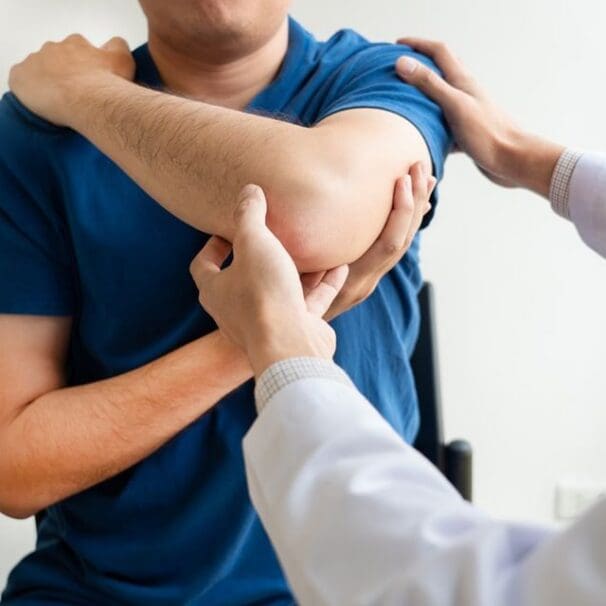HealthProviders DB is a comprehensive database of healthcare providers, including a complete directory of all Physical Rehabilitation Occupational Therapists.
Occupational Therapist Healthcare Taxonomy Code 225XP0019X
As of today, the following are the total number of Physical Rehabilitation Occupational Therapists nationally, in your State, and near your location.
Select a State below to view the list by State. Additionally, you can narrow the list by city, among other options, from the Filter Panel, which you can open by clicking the vertical ellipses ⋮ in the upper right corner of the app.
Alaska – Alabama – Armed Forces Pacific – Arkansas – American Samoa – Arizona – California – Colorado – Connecticut – District of Columbia – Delaware – Florida – Federated States of Micronesia – Georgia – Guam – Hawaii – Iowa – Idaho – Illinois – Indiana – Kansas – Kentucky – Louisiana – Massachusetts – Maryland – Maine – Marshall Islands – Michigan – Minnesota – Missouri – Northern Mariana Islands – Mississippi – Montana – North Carolina – North Dakota – Nebraska – New Hampshire – New Jersey – New Mexico – Nevada – New York – Ohio – Oklahoma – Oregon – Pennsylvania – Puerto Rico – Palau – Rhode Island – South Carolina – South Dakota – Tennessee – Texas – Utah – Virginia – Virgin Islands – Vermont – Washington – Wisconsin – West Virginia – Wyoming
Medicare
The following are the total number of Physical Rehabilitation Occupational Therapists who accept Medicare in your State, the number who have opted out of Medicare, and the total number excluded from participation in Medicare nationwide.
The diagram below shows all the Physical Rehabilitation Occupational Therapists across the country, represented by blue bubbles. The larger the bubble, the greater the concentration of providers in that area. Red bubbles represent Medicare-excluded providers, with the larger bubbles indicating a higher percentage of excluded providers in that region. You can change the bubble size to be based on exclusions from the Size menu.
What do Physical Rehabilitation Occupational Therapists do?
Physical rehabilitation occupational therapists help people regain independence by focusing on daily activities, such as dressing, cooking, or working.
They use therapeutic activities, recommend assistive devices, and modify environments to help patients overcome challenges from illness, injury, or disability.
The goal is to improve a person’s ability to perform daily tasks and improve their quality of life.
What they do
Assess and plan: They assess a patient’s abilities and difficulties through interviews, tests, and home visits to understand their daily challenges. They then create personalized intervention plans.
Improve daily skills: They work on “activities of daily living” (ADLs) like showering, getting dressed, and preparing food. They also support other productive activities, such as work, volunteering, and hobbies.
Use adaptive strategies and tools:
- They teach patients compensatory strategies to manage their limitations.
- They may recommend and train patients to use assistive devices, such as walkers, wheelchairs, or special tools for preparing food.
- They can also help with fine motor skills and hand-eye coordination.
Modify environments: They assess and recommend modifications to a patient’s home or workplace to improve safety and accessibility. This could include installing grab bars or other safety features.
Support cognitive and physical function: They assist with tasks requiring concentration, memory, and fine motor control, and can aid in movement and balance during daily activities.
Provide education and support: They offer advice and guidance to patients and their families or caregivers, which can help prevent falls and manage chronic conditions.
Facilitate return to work: They may provide work conditioning or hardening programs to help individuals return to their jobs after an injury or illness.
What do they help with
Conditions: They can help with a wide variety of conditions, including injuries, arthritis, back pain, and post-surgical recovery. They also work with chronic conditions like multiple sclerosis, Parkinson’s, and cerebral palsy.
Limitations: They address specific limitations, such as one-sided weakness, cognitive impairments, balance issues, and fine-motor skill deficits.
Specific activities: They help with tasks such as taking medication, grocery shopping, using public transportation, or using a computer.

